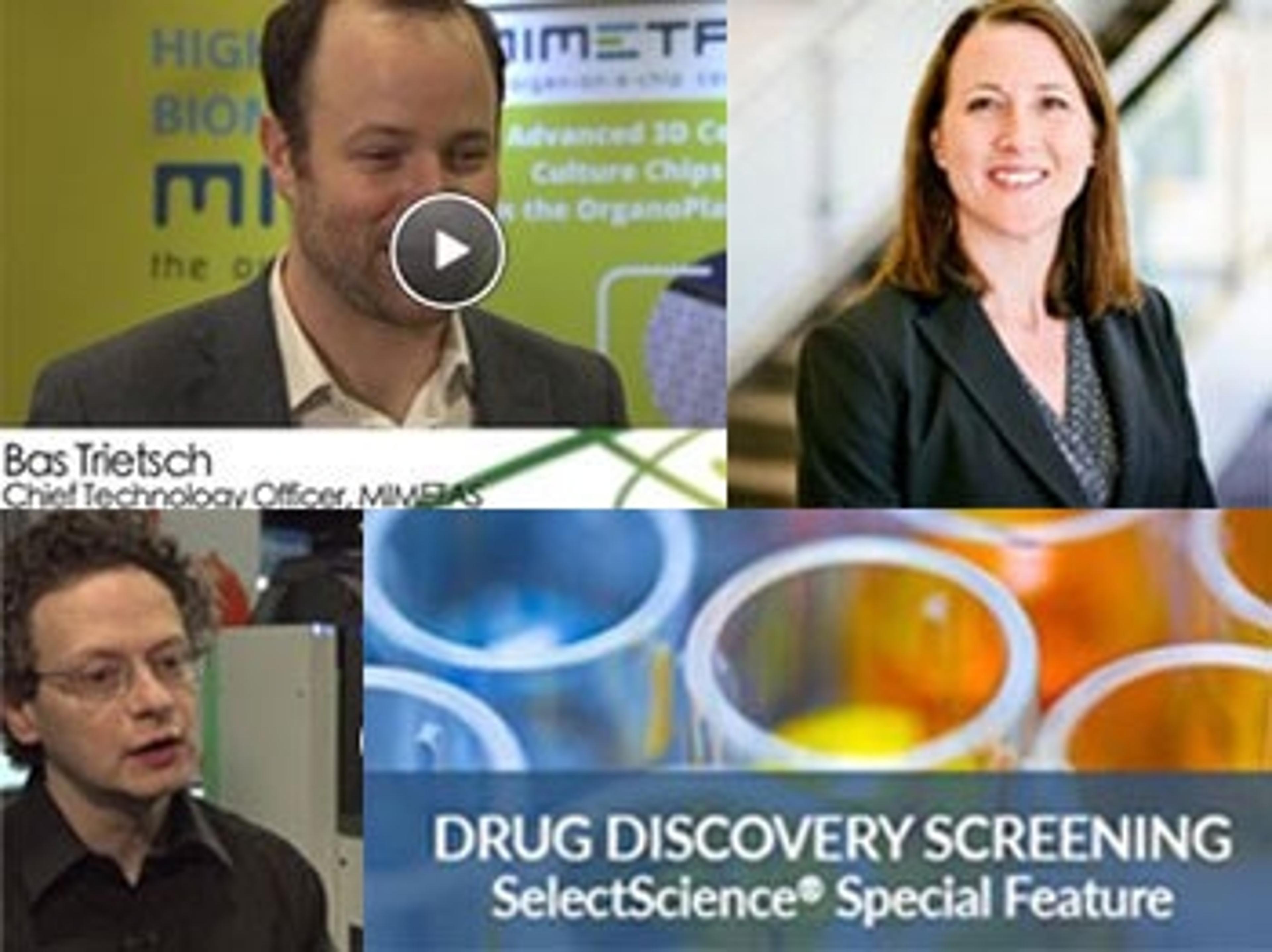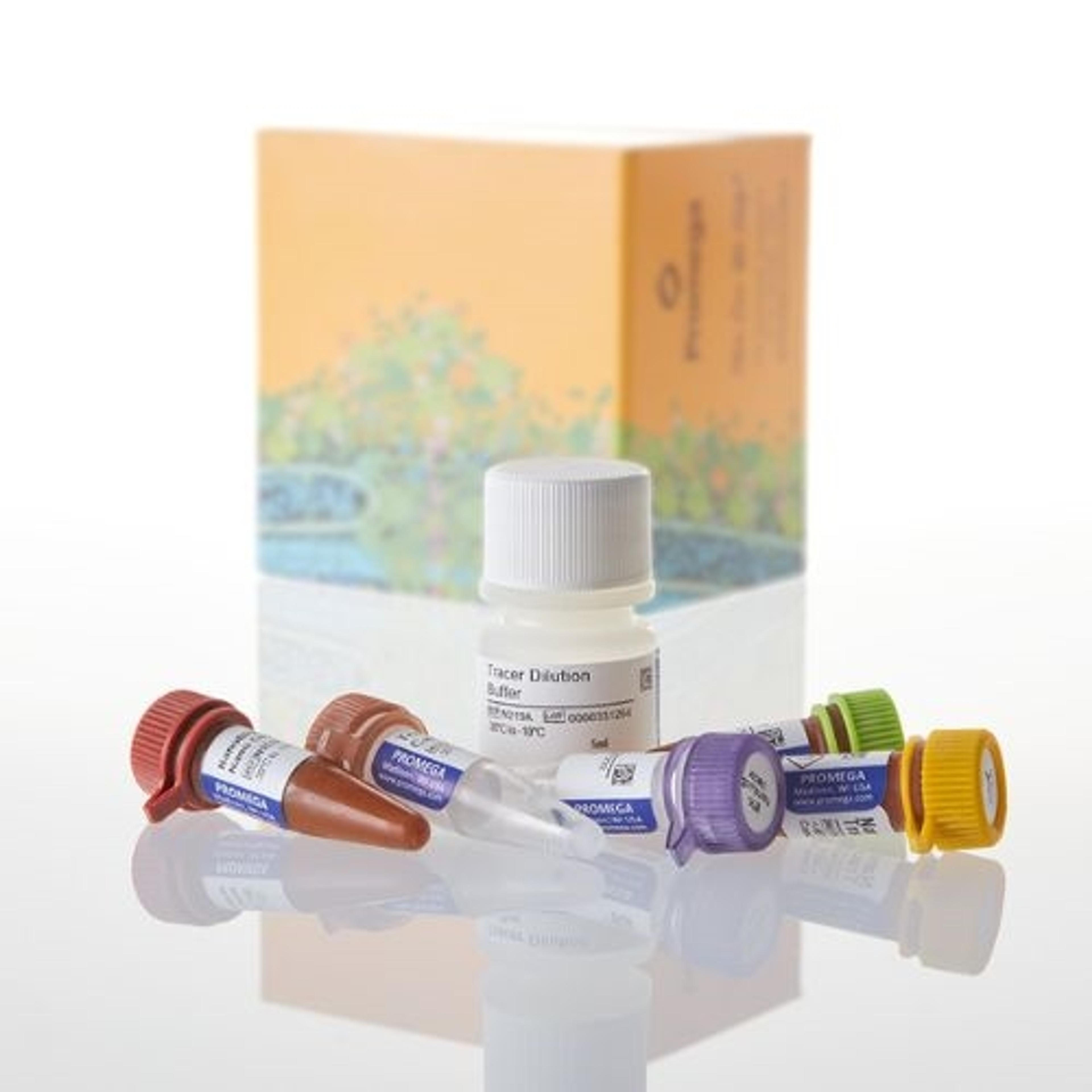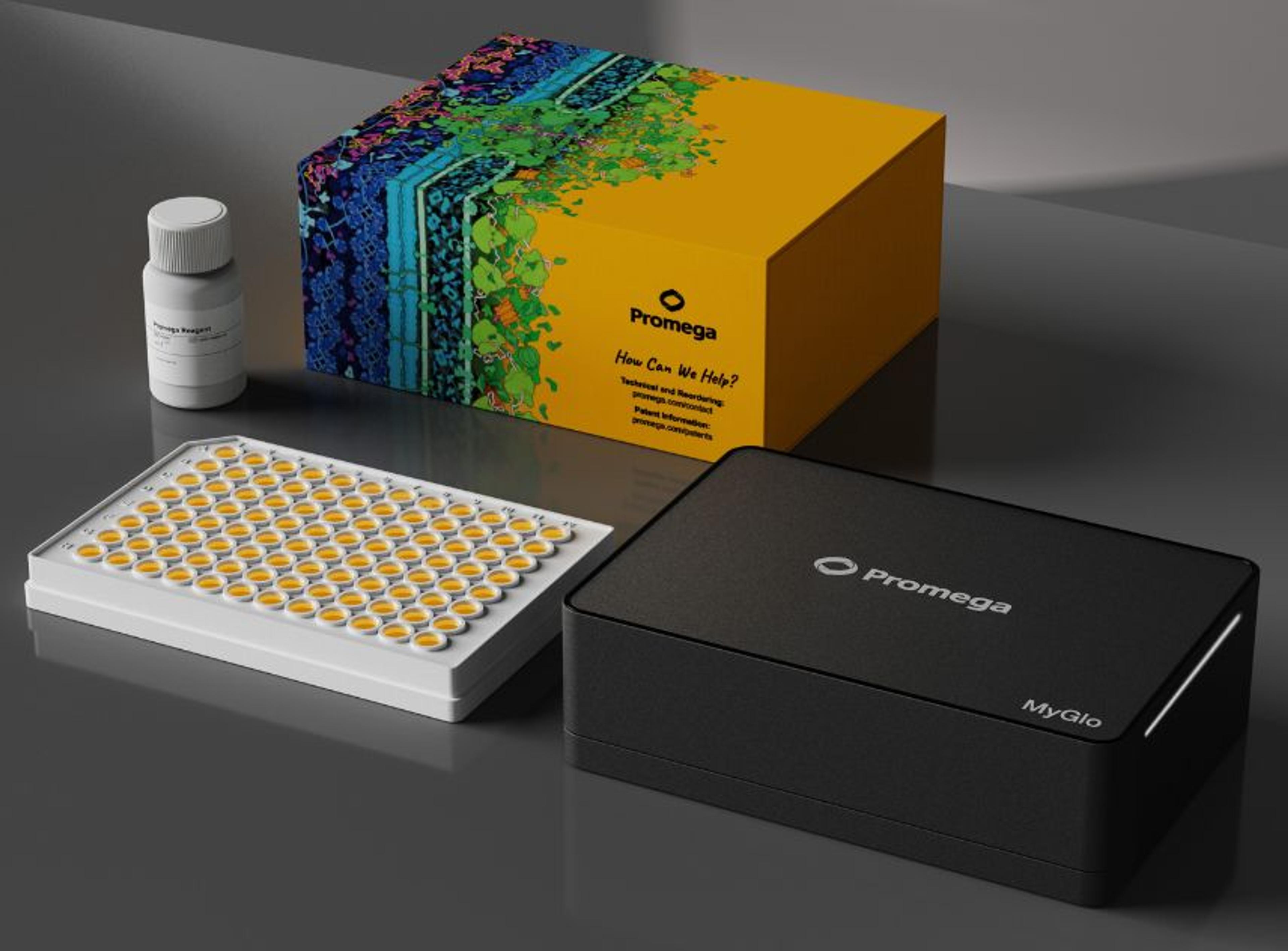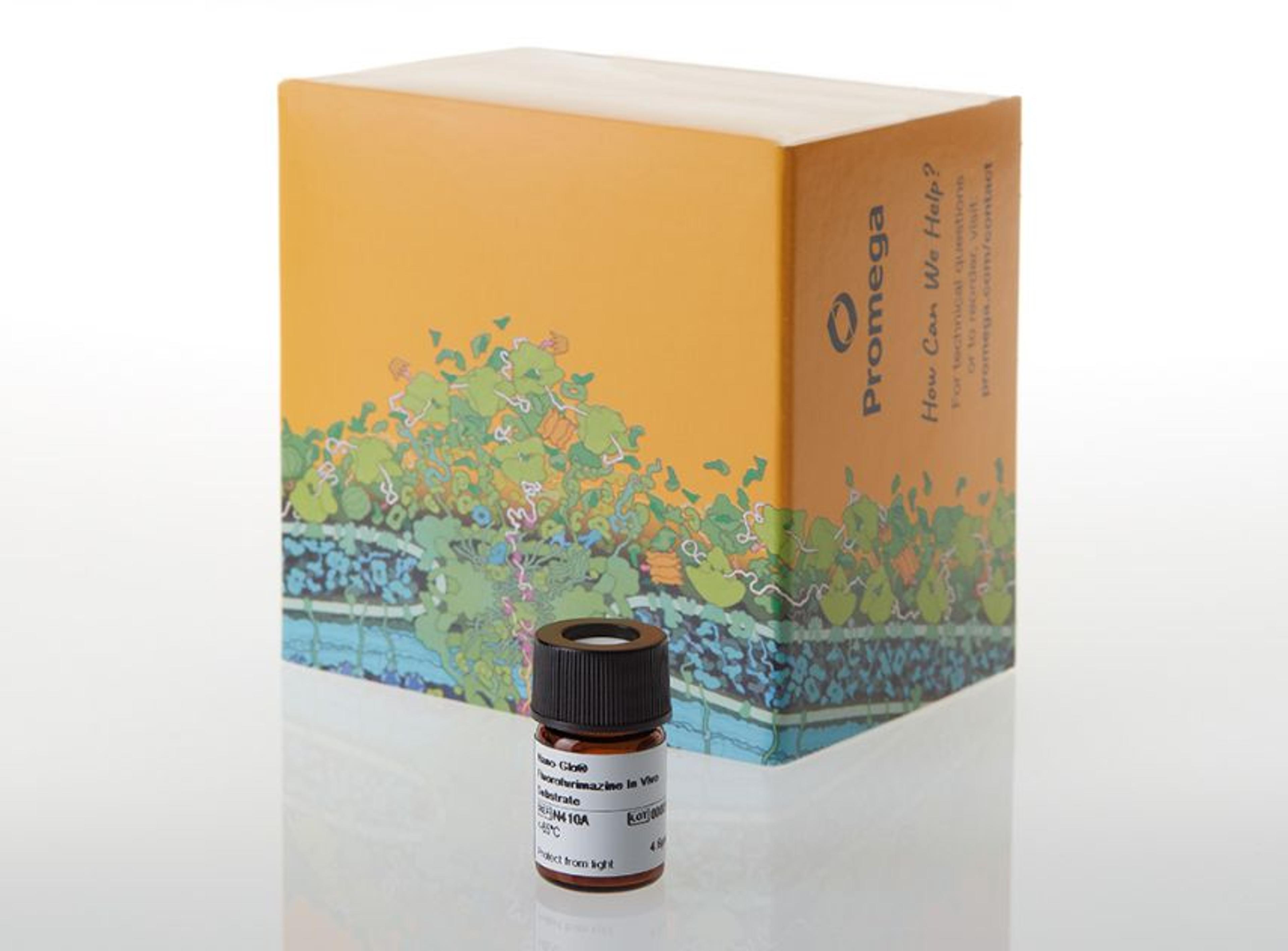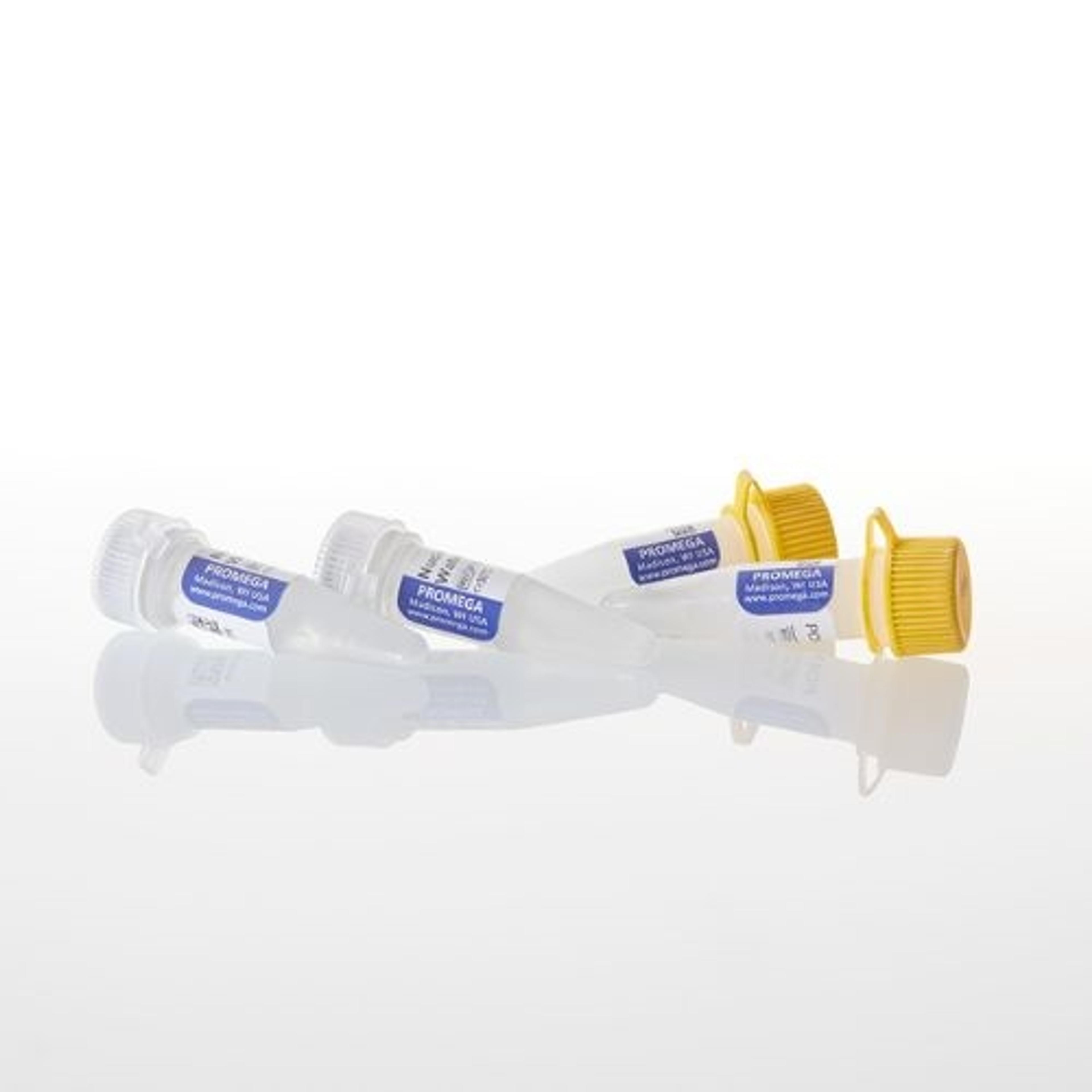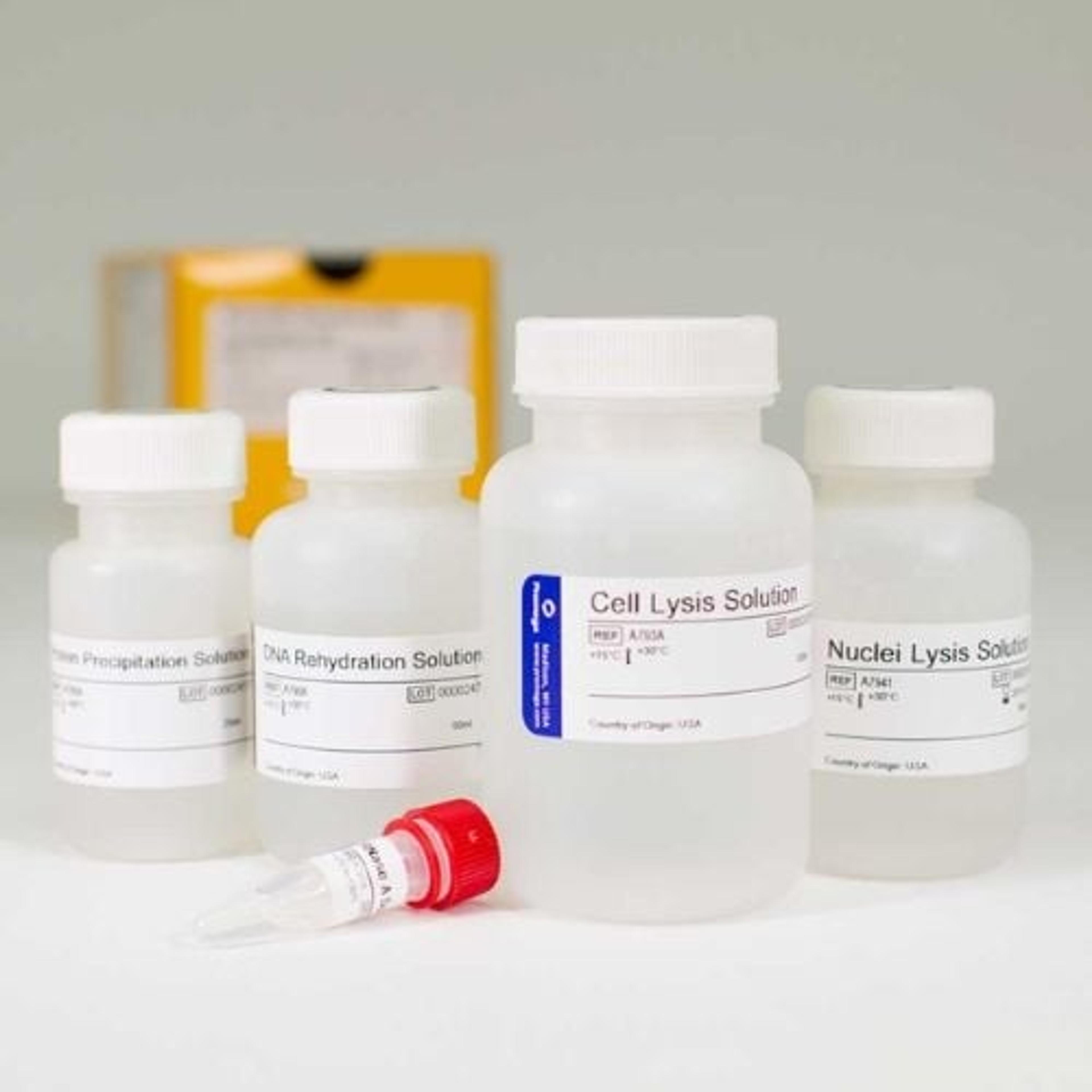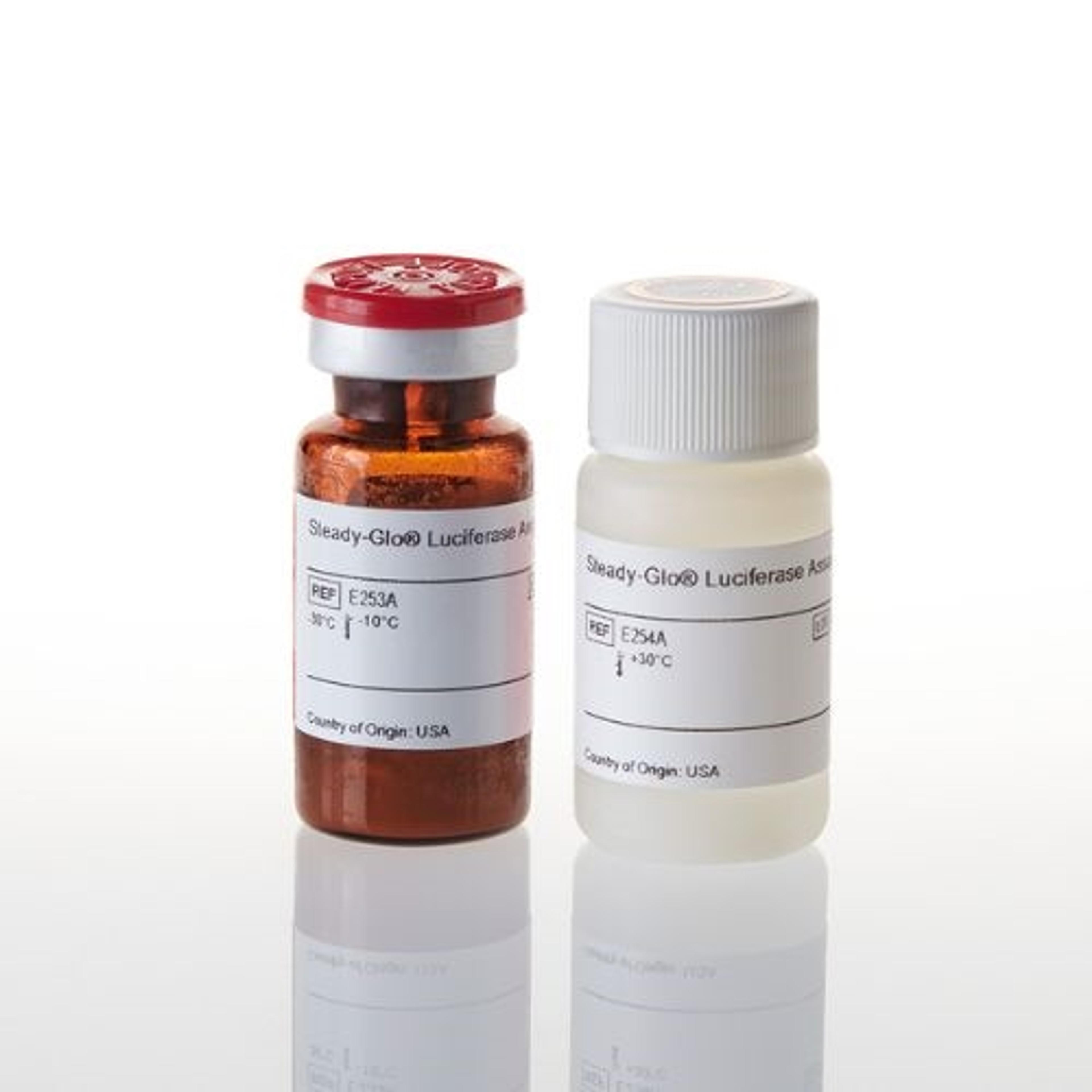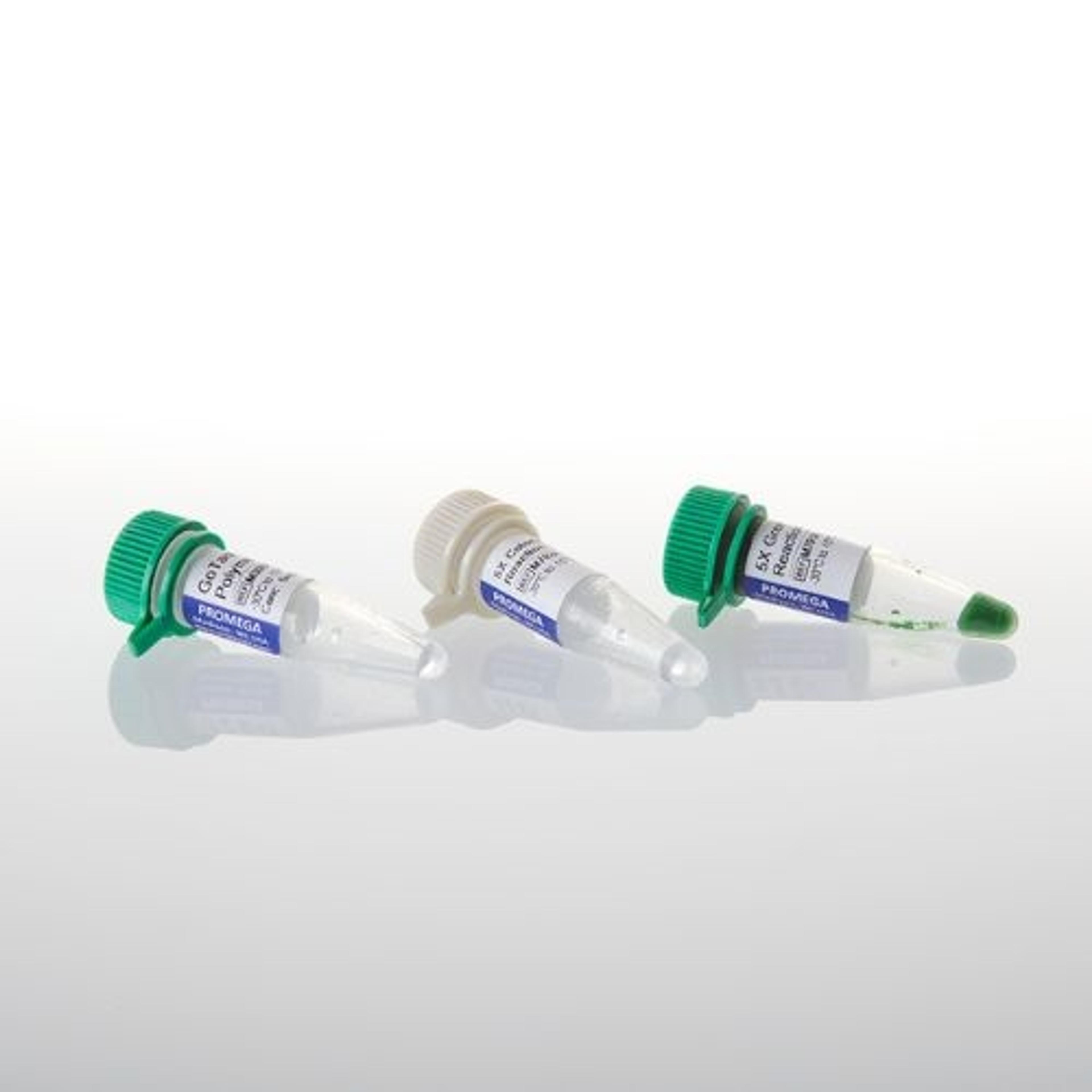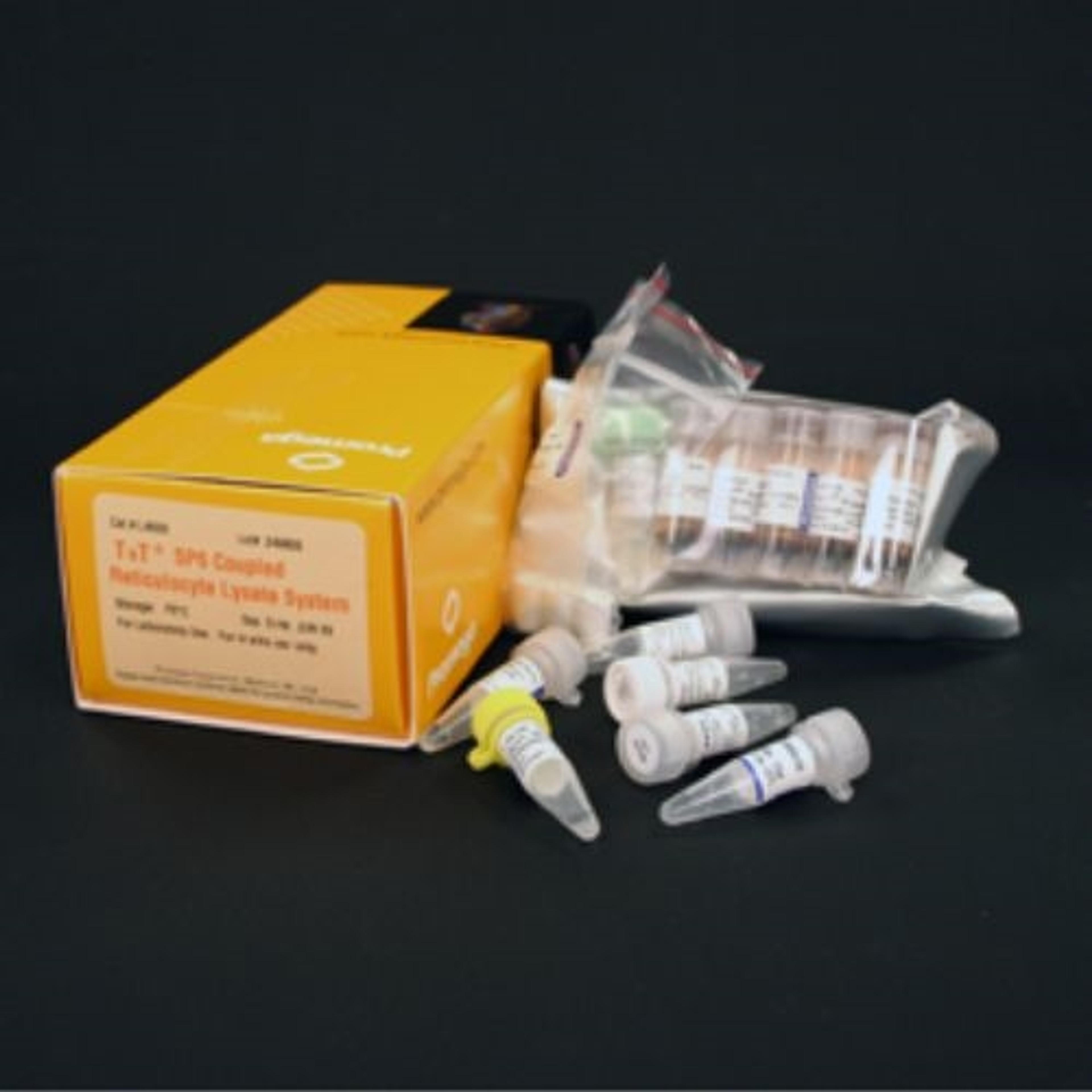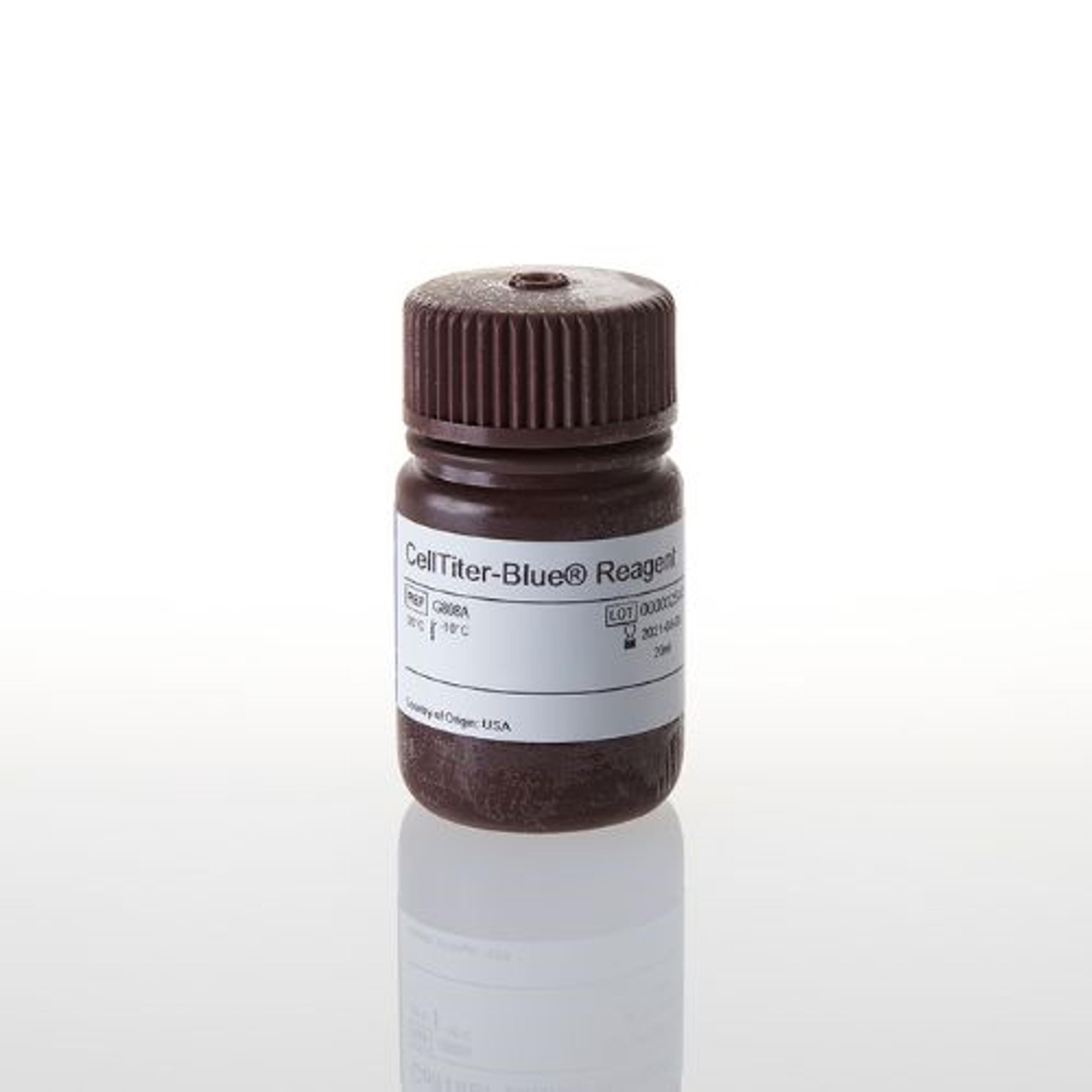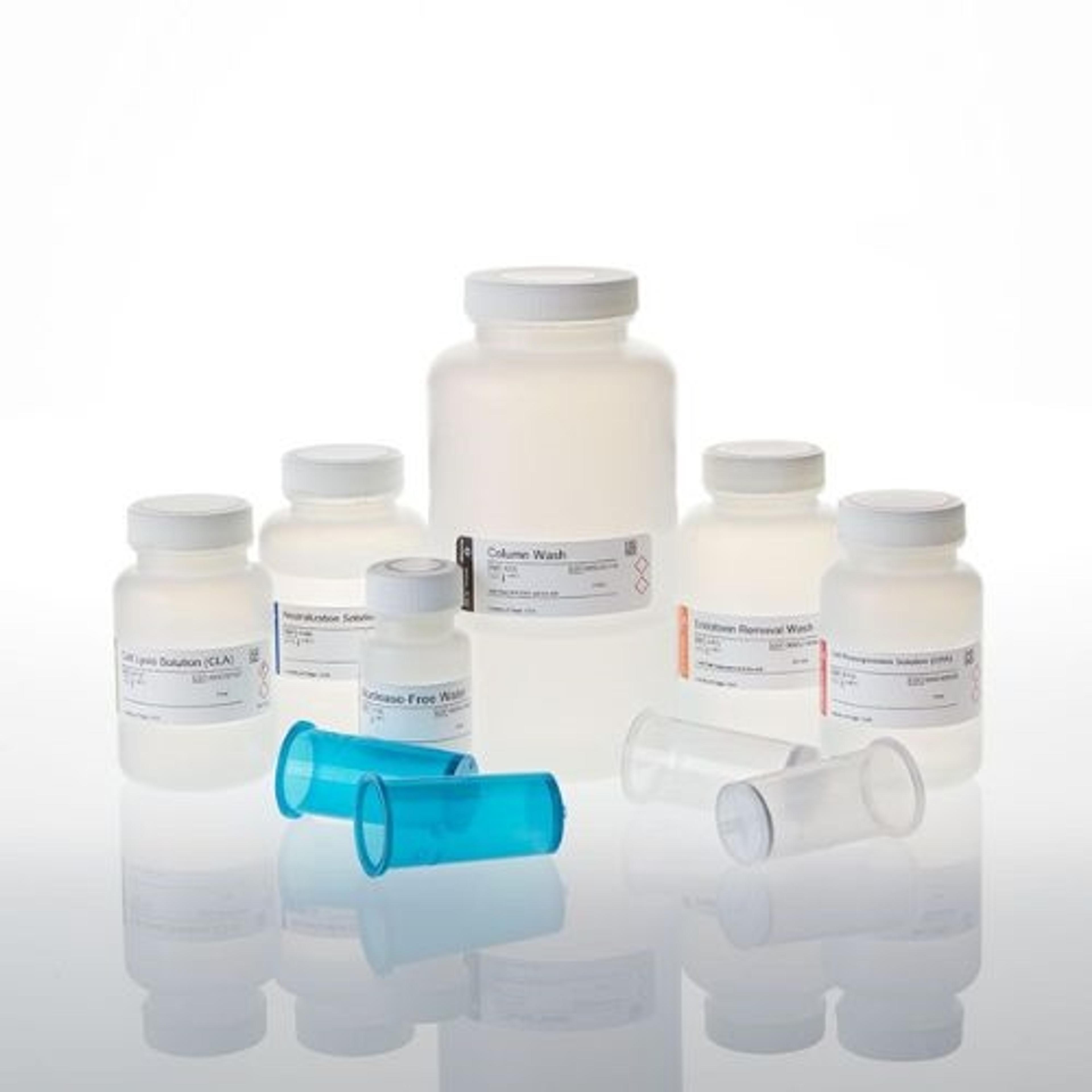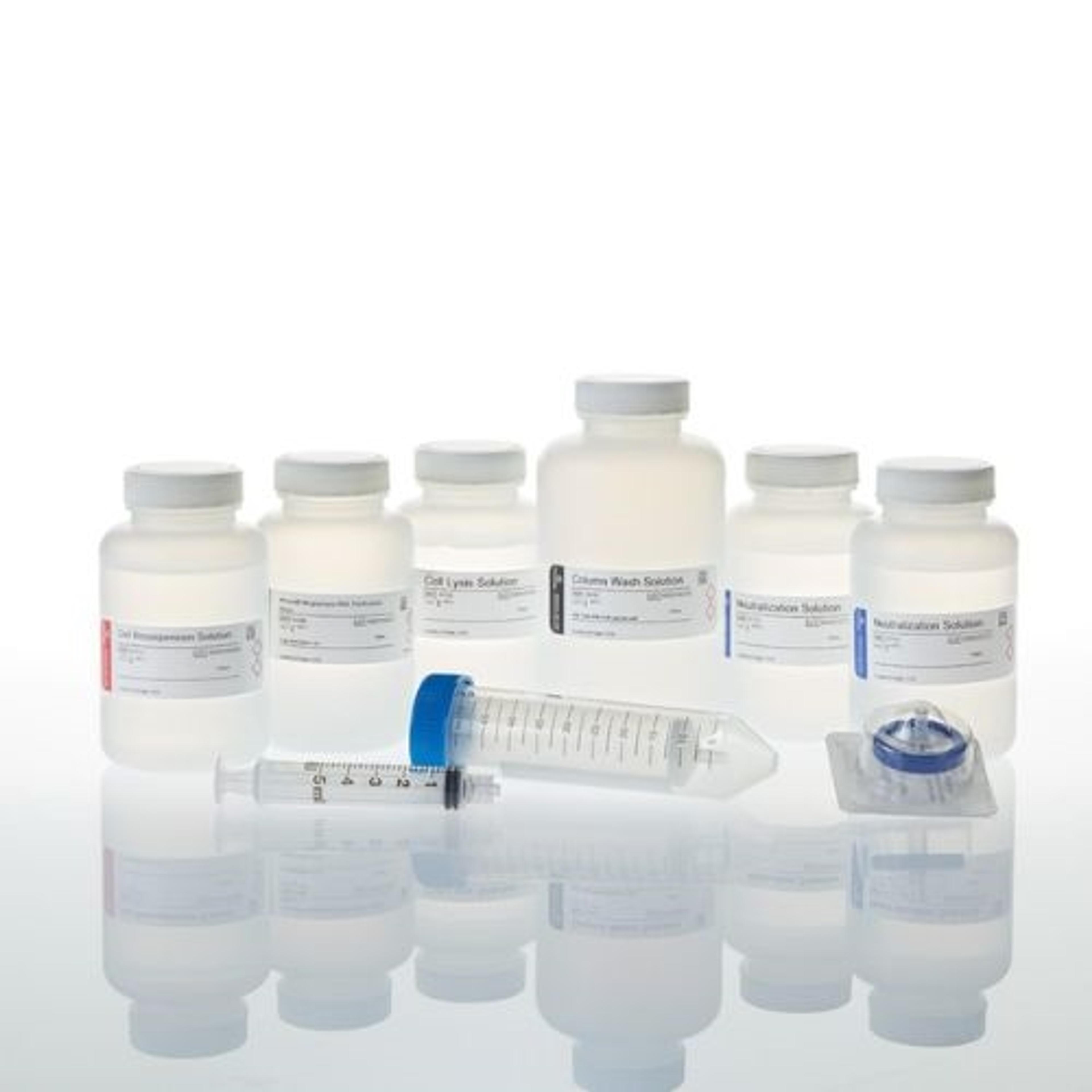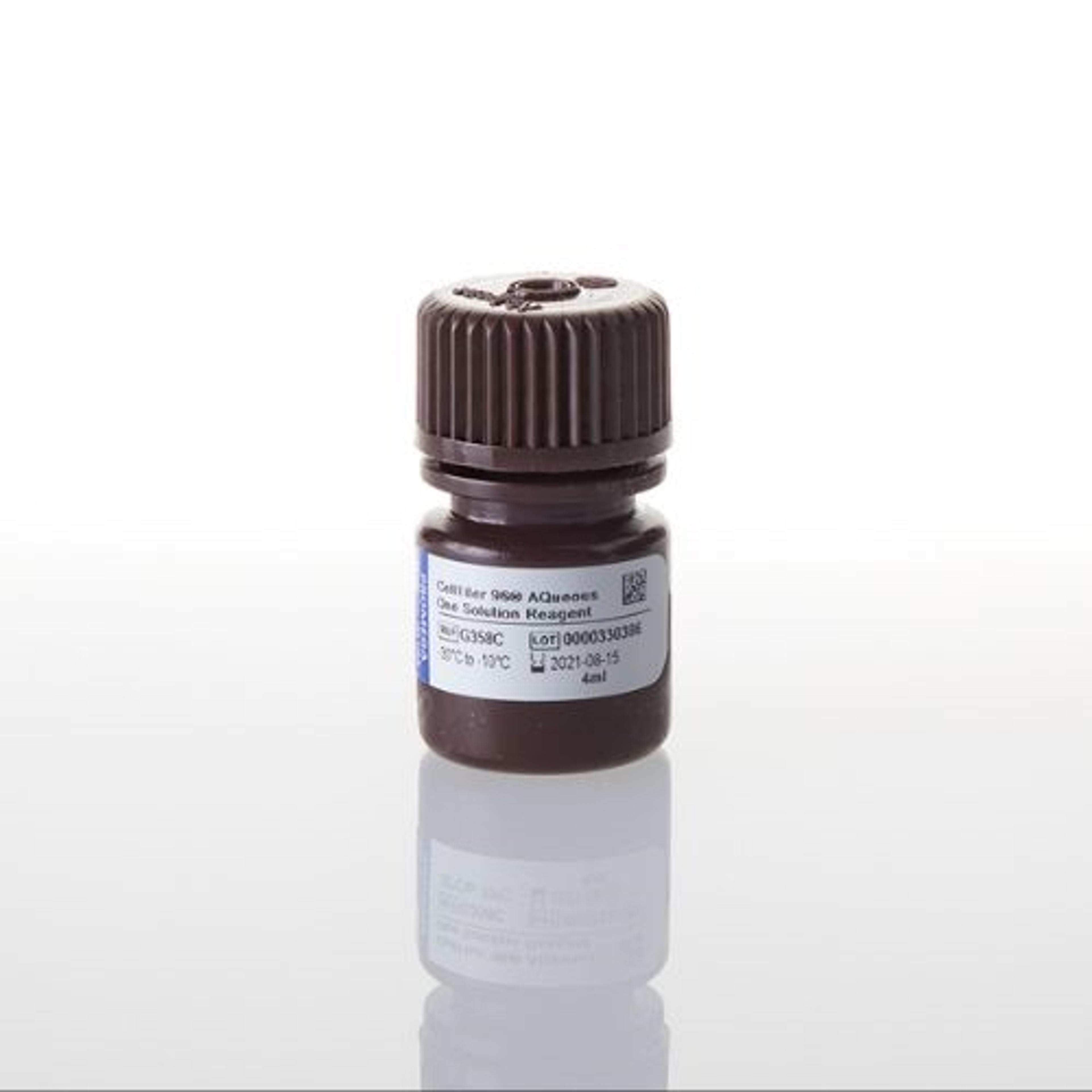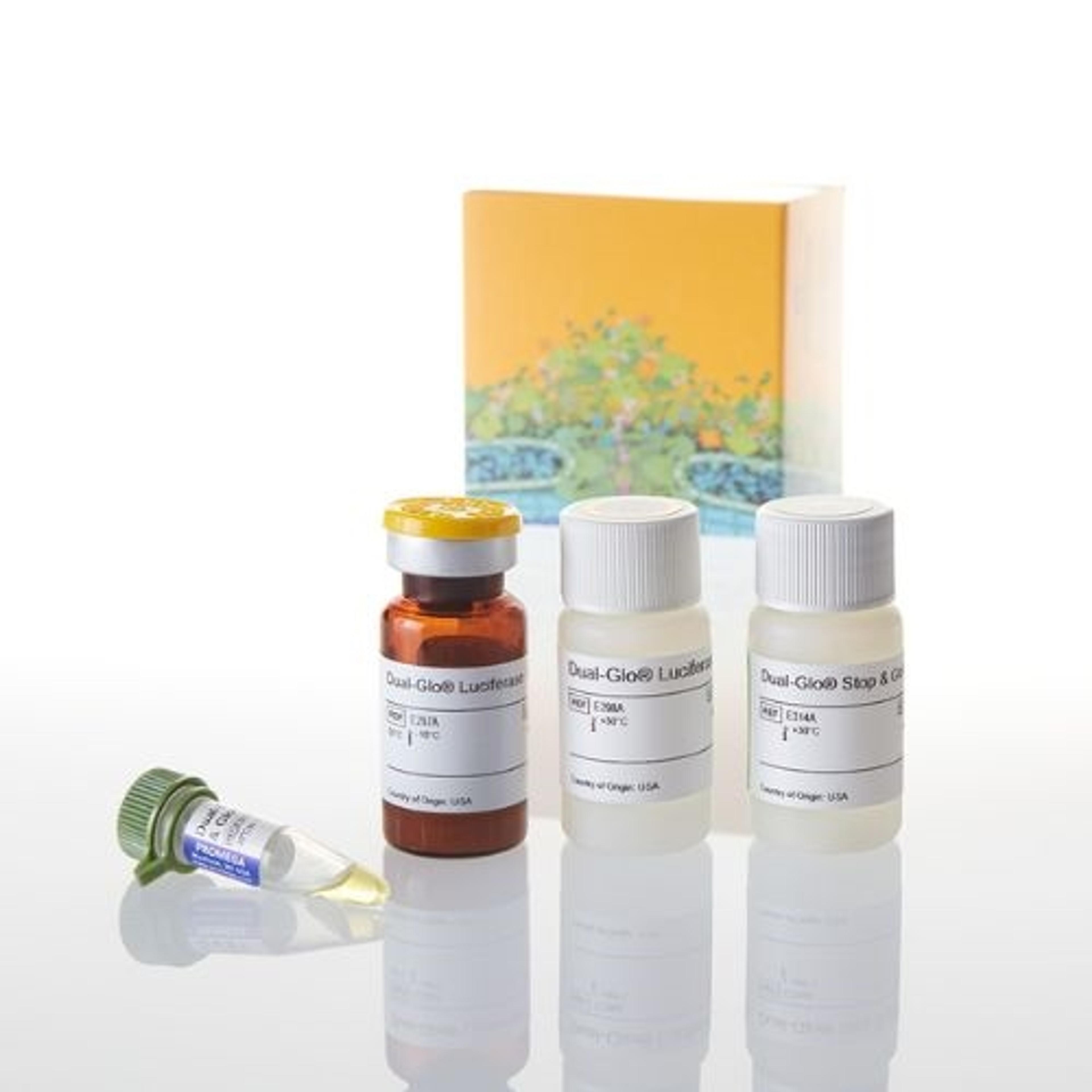NanoBRET™ TE Intracellular Kinase Assays
Measure Kinase-Ligand Affinity in Live Cells The NanoBRET™ Target Engagement (TE) Intracellular Kinase Assay measures compound binding at select target kinases in intact cells. The assay is based on the NanoBRET™ System, an energy transfer technique designed to measure molecular proximity in living cells. The NanoBRET™ TE Assay measures the apparent affinity of test compounds by competitive displacement of the NanoBRET™ tra…
Great reagents, simple to use, excellent communication from the manufacturer
Measurement of kinase compound binding and residency time in living cells at physiological ATP conc.
NanoBRET TE is the first real-time biophysical method to enable quantitative assessment of kinase-inhibitor binding and residence time under physiological ‘live-cell’ conditions. The quantitative BRET-based capability is achieved via energy transfer from cell-permeable fluorescent tracers reversibly engaged to NanoLuc luciferase-tagged kinase proteins. Over 250 full length kinase have been tagged with Nanoluc by Promega creating a library of kinase that can be used for competitive binding experiments in living cells. Therefore data can be obtained on cell permeability and competitive binding within a physiological environment. In addition, measurements of residency time (how long the compound is bound to the kinase) can be made. SAR is generally driven by potency with little thought given to residency time - however what is best - 1mM binding and 15 minutes residency time, or 500nM binding and 4 hour residency time? This latter statistic may also drive off target effects as many SAR programs run a small panel screen for off target kinase binding potency but do not examine residency time parameters. Both potency and residency time can be measured using this technology. Furthermore the technology can be used to identify new binding molecules to be used as warheads in PROTAC studies. NanoBRET can detect binding at type I, type II and allosteric binding sites. Therefore molecules can be designed to bind to different areas of the kinase and used as part of a PROTAC to increase degradation rate of the kinase. The NanoBRET technology has also been applied to other targets such as epigenetic (bromo domains) and others. The reagents are simple to use and come with well written protocols to allow the user to generate data in a relatively short time. This technology has far reaching implications for the detection of binding and residency time for small molecules to targets.
Review Date: 13 Apr 2019 | Promega Corp.
Great, innovative assay!
Drug discovery and pharmacology validation
The NanoBRET system is a great application of FRET technology to produce an in-cell assay for drug-kinase binding, which is helpful in the development of inhibitors.
Review Date: 17 Apr 2018 | Promega Corp.
Essential and field-changing technology.
Running kinase assays in our lab
Easy to use, high quality and reproducible results. Highly recommended to others!
Review Date: 17 Apr 2018 | Promega Corp.
The NanoBRET cellular kinase engagement assay is poised to set a new standard!
Kinase probe discovery in open access science
I am thrilled with the NanoBRET cellular target engagement assay for kinases. It is easy to use, highly relevant and reproducible, and wonderfully supported by Promega.
Review Date: 17 Apr 2018 | Promega Corp.
Another highly useful product from the group at Promega !
To better understand target engagement of kinase inhibitors
Innovative and effective use of bioluminescent technology to help us understand how compounds interact with kinases in cells. Methodology well worked out, straightforward to use and interpret data - great tool to help study target engagement !
Review Date: 17 Apr 2018 | Promega Corp.
Great product. Innovative company
Kinase assays
Easy to use. High quality data. Reproducible. Good customer support
Review Date: 17 Apr 2018 | Promega Corp.
Great assay system
This assay helped a lot for high throughput screening for kinase protein inhibitor.
Can easily generate IC50 - HTP compound screening - Easy to use
Review Date: 17 Apr 2018 | Promega Corp.
A very exciting technique, I think it will be used more and more in the future
TE Assay
It gave good robust results and it was easy to use. I would recommend it.
Review Date: 17 Apr 2018 | Promega Corp.
Great
Drug discovery
Works well, easy to use. Great technical services department!
Review Date: 16 Apr 2018 | Promega Corp.
Fantastic tool. Let your creativity loose to discover ways it can be utilized.
Target engagement
NanoBRET has addressed a long-standing issue in small molecule drug discovery: what target occupancy is achieved in the complex intracellular environment.
Review Date: 16 Apr 2018 | Promega Corp.
Measure Kinase-Ligand Affinity in Live Cells
The NanoBRET™ Target Engagement (TE) Intracellular Kinase Assay measures compound binding at select target kinases in intact cells. The assay is based on the NanoBRET™ System, an energy transfer technique designed to measure molecular proximity in living cells. The NanoBRET™ TE Assay measures the apparent affinity of test compounds by competitive displacement of the NanoBRET™ tracer, reversibly bound to a NanoLuc® luciferase-kinase fusions in cells.
How it Works
Using the NanoBRET™ TE Kinase Assay, a fixed concentration of tracer (K-4 or K-5) is added to cells expressing the desired NanoLuc® kinase fusion to generate a BRET signal. Introduction of competing compounds results in a dose-dependent decrease in NanoBRET™ signal, which allows quantitation of the intracellular affinity of the target protein for the test compound.





